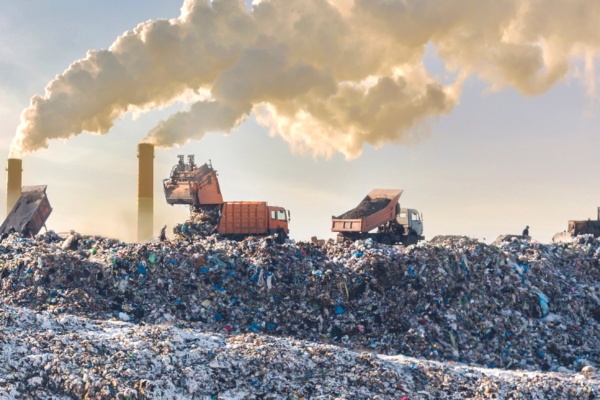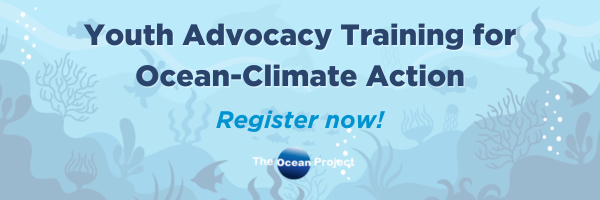The average person has 50,000 – 70,000 thoughts every single day. That’s a LOT of ideas to be sorted and dealt with! Considering the mental maelstrom, how can we make the complex threat of climate change seem worth not only thinking about, but possibly making major life changes to address?
One reason climate change is so hard to act on is our psychological distance from it. The harm from climate change seems to be physically distant from us, far off in the future, and happening to other people. These factors make climate action seem a lot less important than the many other concerns constantly fighting for our attention all day long.
For more on bringing climate closer-to-home, check out Connecting on Climate: A Guide to Effective Climate Change Communication guide. The guide covers a variety of great topics, insights on making the local connection start on page 29. It’s extremely important to close this psychological distance for your audience so that they can give climate action the attention it deserves.
This is a cross-post from ClimateInterpreter.org. Please visit for more resources and articles about communicating climate change for interpreters!
Pair close-to-home examples with big-picture concepts
The reality is that climate change is already causing harm, right here and now. A great way to make climate change real and relevant to a person is to directly connect it to their everyday life. For example: the concept of sea level rise is much more impactful when supported with a local story about the real-world harm it causes to people like those in your audience. The less abstract the threat is, the more engaged people will be with being part of the solution.
Be sure to highlight the solutions to the problem to avoid making people feel overwhelmed or hopeless – heightened engagement with a scary threat can actually cause people to give up instead of take action if they see the problem as insurmountable.
Finding your community’s story
There are some great resources online for finding ways to tell your community’s story. Using search engines is a good way to start – you can google “environmental problems in (your city or state)” and follow links to local non-profits for more information.
You can also check out some of these specific resources for leads on story ideas
- MyEnvironment - enter your location and get access to several EPA databases to provide you with information about environmental activities that may affect air, water, and land anywhere in the United States
- Coming Clean: The State of US Renewable energy – see how your state is doing on renewable energy
- State and local climate adaptation – see what your state is doing to adapt to climate change. There is some disagreement on this depending on source: see the Center for Climate and Energy Solutions map and/or Georgetown Climate Center’s map and info.
- GlobalChange.gov – the US government has a new website on how different US regions are impacted by climate change based on the Third National Climate Assessment. Explore the their interactive map or see your region’s highlights.
Next: some ways to incorporate these stories into interpretation.
This is the first part in a 3-part miniseries about “small” stories for big impact: Tell a “wildly” emotional story; Tell a local story; Tell YOUR story



